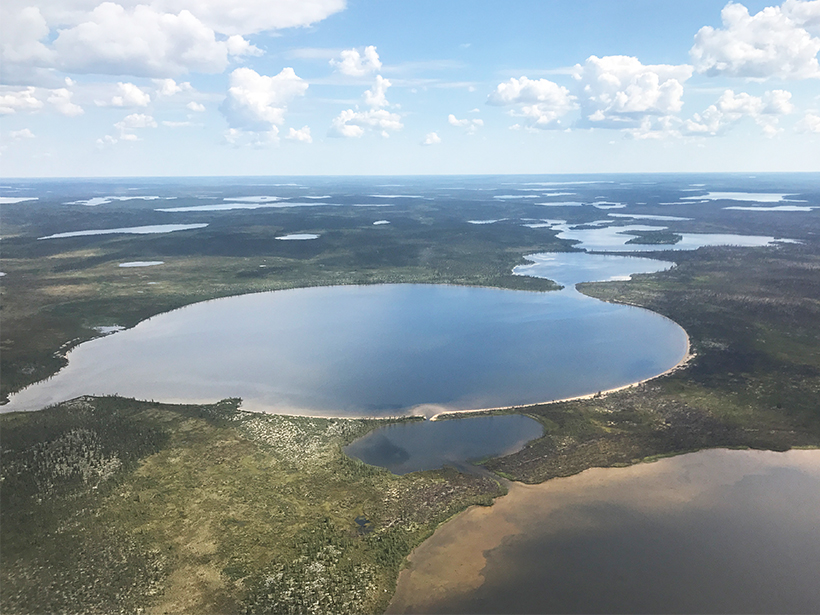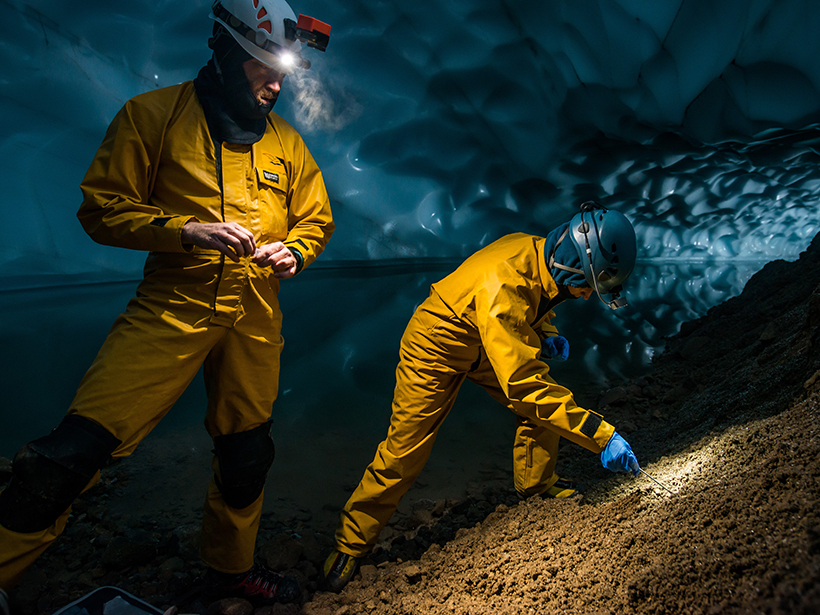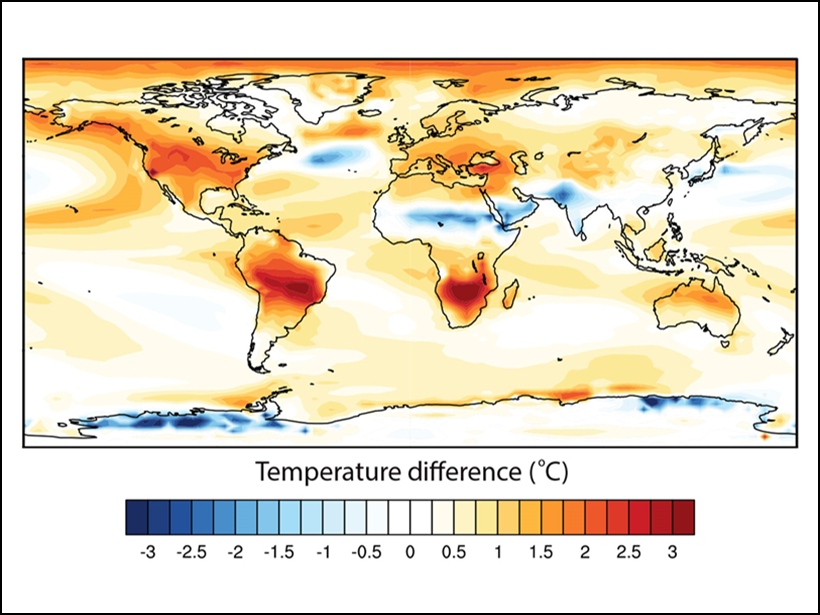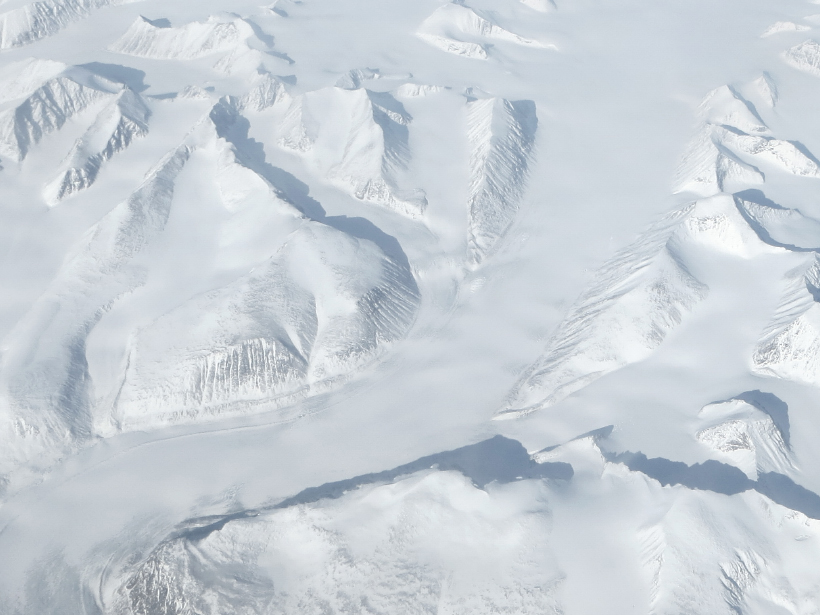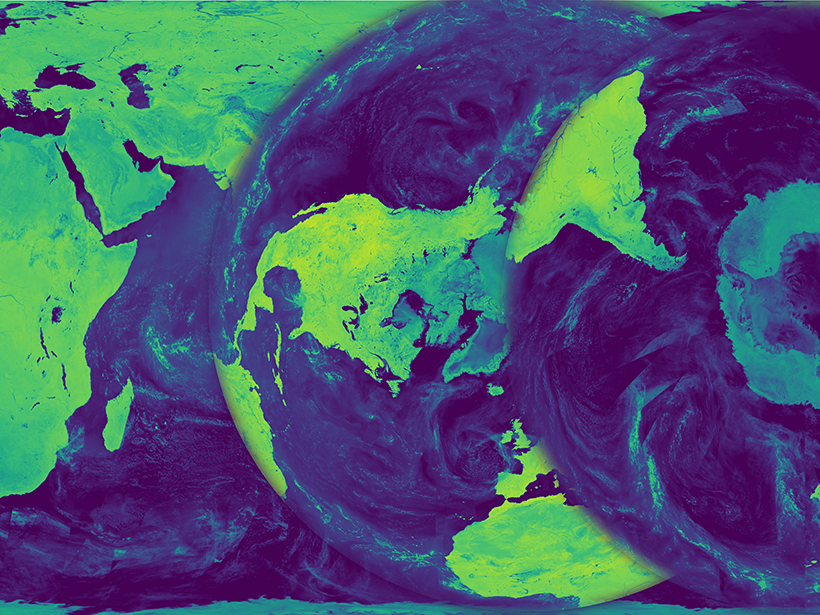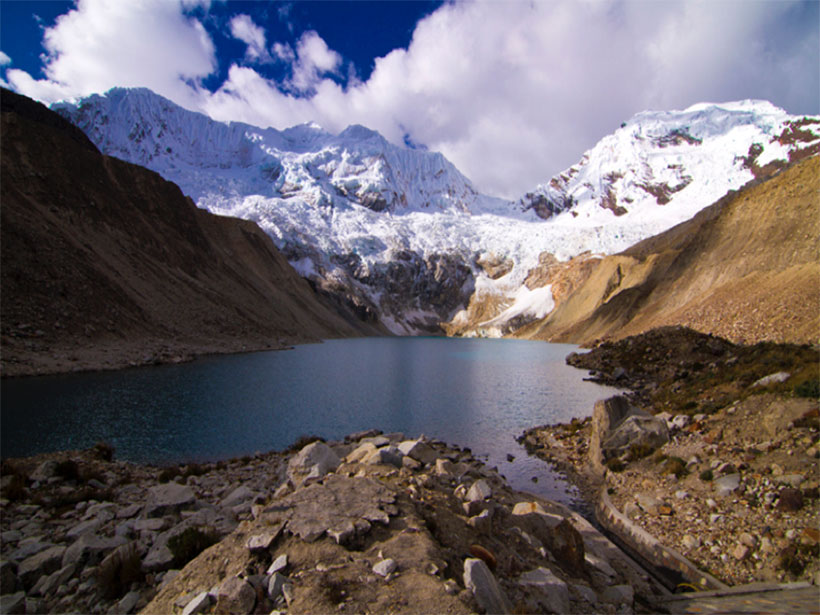Do water levels in high-latitude Canadian lakes fluctuate as one body or as separate entities? The answer could reveal clues to how melting permafrost influences the environment.
ice
Ice Caves atop a Volcano Give Taste of Otherworldly Science
Researchers brave perils and tumbling trash to probe glacial caves on Mount Rainier, improving their understanding of its extraordinary environment and helping to advance space exploration.
How Earth’s Orbit Affected Ice Sheets Millions of Years Ago
A new study of the late Pliocene era could help scientists predict future sea level rise.
When Ice and Lightning Align
A new technique can remotely sense strong electrical fields within storm clouds.
How Variations in Earth’s Orbit Triggered the Ice Ages
Researchers pinpoint how Milankovitch cycles have driven ice growth and influenced the timing of glacial periods.
How Mars Got Its Layered North Polar Cap
Orbital wobbling shaped the dome of ice and dust at the planet's north pole.
Bringing Earth's Microwave Maps into Sharper Focus
New processing capabilities improve the spatial resolution of satellite microwave data, enabling scientists to analyze trends in coastal regions and marginal ice zones.
Developments in Ice Core Research on Past Climate Change
IPICS 2016 Open Science Conference; Hobart, Australia, 7–11 March 2016
Carbon Dioxide Frost May Keep Martian Soil Dusty
Temperature readings acquired from orbit show that Mars's surface gets cold enough at night to allow layers of solid carbon dioxide frost up to several hundred micrometers thick to build up near the equator.
Focusing the Human Lens on Glacial Outburst Floods
To better prepare mountain communities for possible floods, experts say that it is important to understand the communities themselves.

